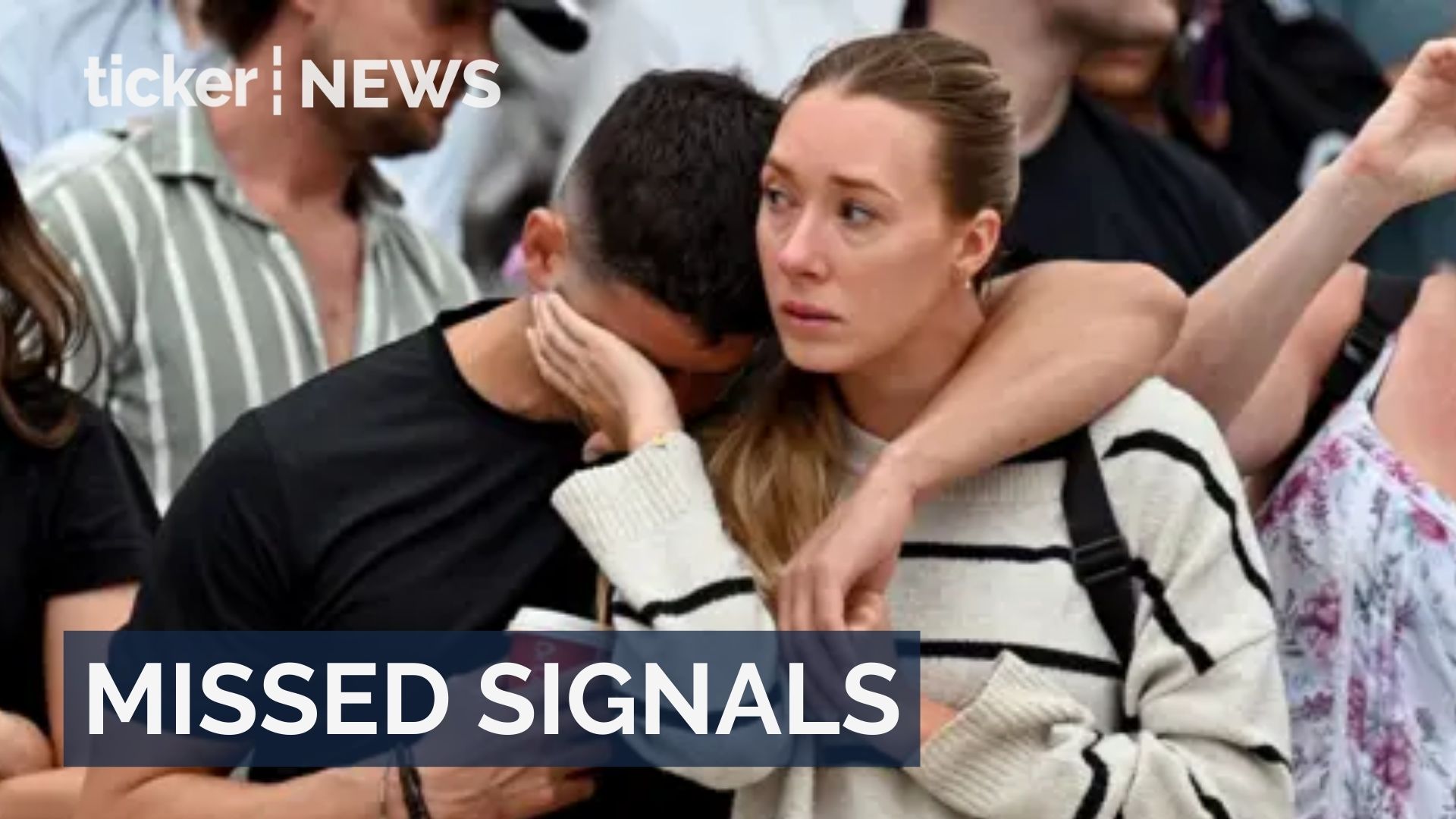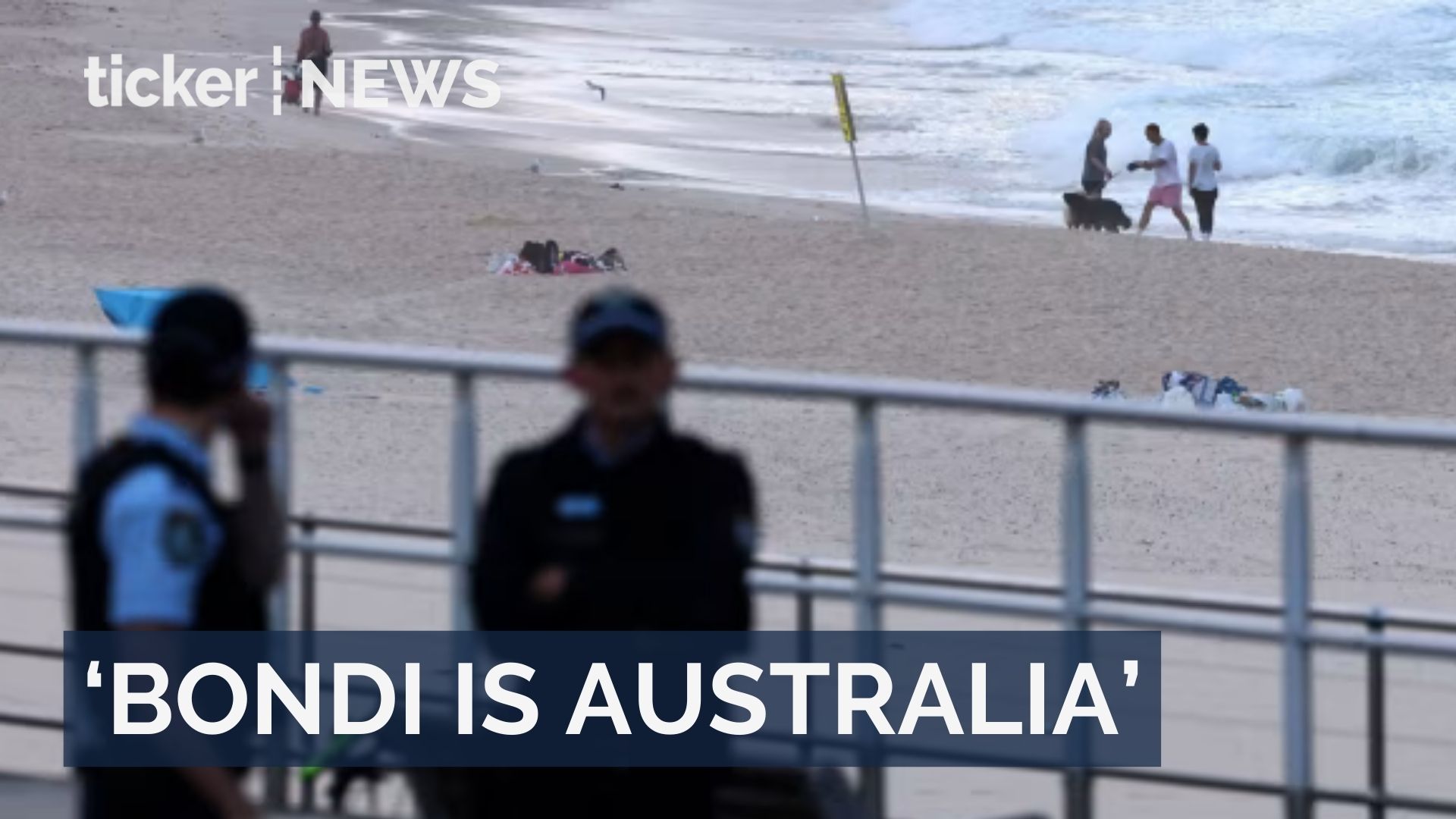Leading man of 1990s Hollywood, Val Kilmer, has died at 65 from pneumonia. Battling cancer since 2014, he has not been a frequent presence on our film screens for most of this century.
While he has recently done some interesting projects, he never recaptured his fame and box-office draw of the 1980s and ‘90s, when he appeared in iconic films such as Top Gun (1986) and Batman Forever (1995).
His standout performance as Tom Cruise’s swaggering, self-assured rival Iceman in Top Gun made him a star. But the film that really cemented his reputation as a leading man was Oliver Stone’s The Doors (1991), in which he played Jim Morrison to astonishing effect. He is the best thing about that film.
IMDB
In 1993, he starred as Doc Holliday in Tombstone, a stylish modern western, which he co-headlined with Kurt Russell as Wyatt Earp. It was perhaps the most ’90s of the ’90s westerns. Kilmer’s performance was crowd-pleasing and critically acclaimed. His 2020 memoir, I’m Your Huckleberry, took its name from a line Kilmer spoke in the film.
In some ways, it is a superhero film with cowboys – as you can see so clearly in the poster. It was this performance that put Kilmer on the radar of Warner Bros when they were looking to cast a new Batman after Michael Keaton abandoned the suit.
Batman Forever
We’ve got used to superhero films having cinematic universes and narrative continuity between films, but in the 1990s that had not quite been established.
Warner Bros had struck cinematic gold with the first modern superhero blockbuster, Superman (1978) starring Christopher Reeve, but faced diminishing critical and financial returns with each subsequent film in the series. After Superman IV: The Quest for Peace (1987) failed to connect with audiences, the studio turned to Batman to be its cinematic icon. In those days, one superhero film every couple of years was seen as sufficient. Fortunately, Tim Burton’s Batman (1989) and Batman Returns (1992), two dark takes on the Batman story both starring Michael Keaton, were hits.
However, Batman Returns was regarded by audiences and critics as too “dark”, and too Burton. Both Burton and the studio felt a change of pace was needed for a third film. Joel Schumacher was brought on as director and, perhaps due to the departure of Burton, Keaton also chose to leave the series.
Fresh off Tombstone, Kilmer was cast as the superhero.
Batman Forever took a goofier tone, inspired just as much by the campy 1960s TV series as the dark gothic noir style of Burton. It is still brooding, but the film is more bombastic, more colourful. Noted for performances from Tommy Lee Jones and Jim Carrey as the villains – and the costumes that famously featured nipples and codpieces – Kilmer’s performance got lost.
IMDB
Worse for Kilmer, rumours of being difficult to work with on the set of Batman may have set his career back in subsequent years. But, despite these difficulties, Kilmer makes a good Batman.
He performed the role with a brooding physicality, as well as playfulness. He was underrated, and certainly better than George Clooney, who took over in Batman and Robin (1997) after Kilmer declined to return.
The non-Keaton Batman films are sometimes overlooked by fans, or not seen as living up to the heights of the Burton movies. In recent years, Burton’s movies have become more or less canonised as the “real” Batman of the era. A series of comic books, Batman ’89, has been published since 2021 that continues the story from Batman Returns, bypassing the developments of Kilmer’s Batman Forever and Clooney’s Batman and Robin.
Keaton has since reprised his role as the caped crusader on the silver screen as a major supporting character in The Flash (2023), which also featured cameos from Batman alumni Clooney and Ben Affleck as alternate universe versions of the Dark Knight. Kilmer and Christian Bale were the only retired big-screen Batmans not to appear in the film.
But Batman Forever stands the test of time. It is an entertaining film that walks the line between the dark and brooding Batman from Burton, and the parody of the 1960s television series starring Adam West.
Soulful melancholy
Batman Forever was the pinnacle for Kilmer in terms of critical and commercial success. He followed it with great performances in films such as The Ghost and the Darkness (1996), Kiss Kiss Bang Bang (2005) and Bad Lieutenant: Port of Call New Orleans (2009), but he was often the supporting character rather than the lead. These films, too, weren’t box-office smashes like his films up to and including Batman had been.
One of his best performances of the 2000s was in the David Mamet film Spartan (2004). Kilmer plays a retired marine corps sergeant in a good leading turn. He gave a muscular performance that still had a soulful melancholy at its heart, which can be seen in a lot of his roles. He plays action figures who are tough and macho on the outside, but have a melancholy just below the surface.
Although he never reprised his role as Bruce Wayne, a fitting coda for Kilmer’s career was the long-awaited sequel Top Gun: Maverick (2022), in which he gives a cameo as an ailing version of Iceman.
Kilmer will be missed for his iconic roles as the quintessential performer of the late 1980s and ’90s. In 2021, a documentary about Kilmer, Val, was released, based on decades of archive footage. I would recommend it to audiences who want to know more about the man, his life, his career and his health battles over the past decades.
Aaron Humphrey, Lecturer, Media and Digital Humanities, University of Adelaide
This article is republished from The Conversation under a Creative Commons license. Read the original article.
























